37+ SAMPLE Installment Agreement
-

Installment Agreement
download now -
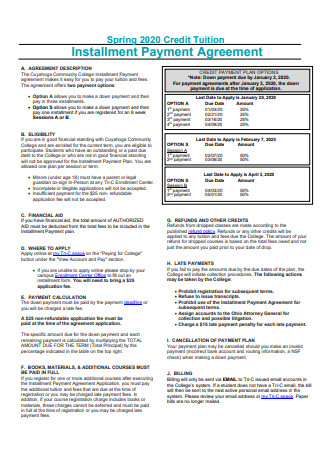
Installment Payment Agreement
download now -
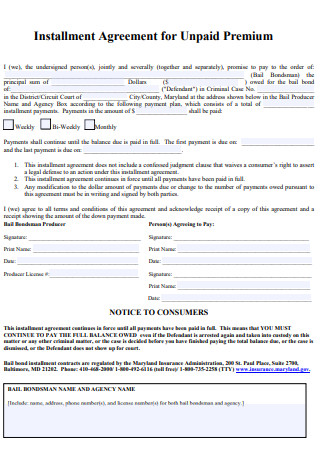
Installment Agreement for Unpaid Premium
download now -
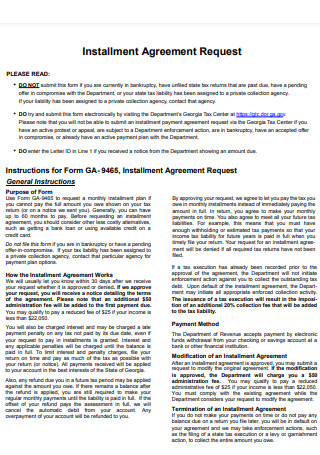
Instruction for Installment Agreement Request
download now -
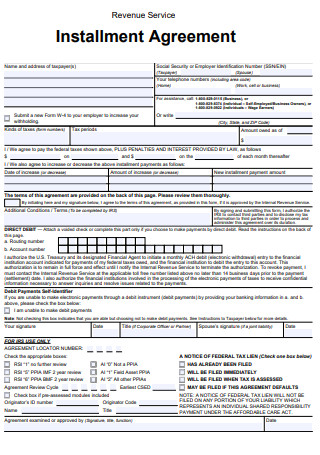
Revenue Service Installment Agreement
download now -
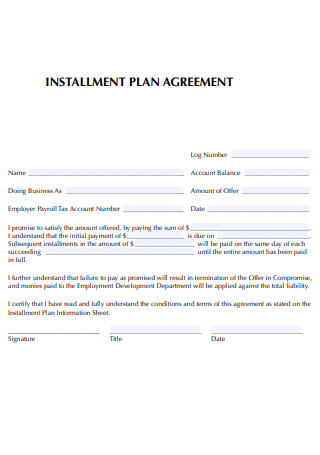
Installment Plan Agreement
download now -
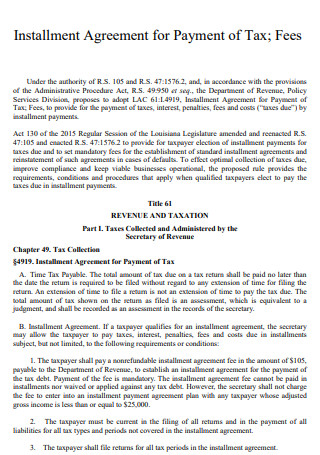
Installment Agreement for Payment of Tax
download now -

Retail Installment Sale Agreement
download now -
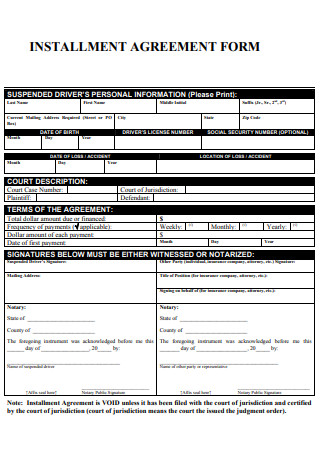
Installment Agreement Form
download now -
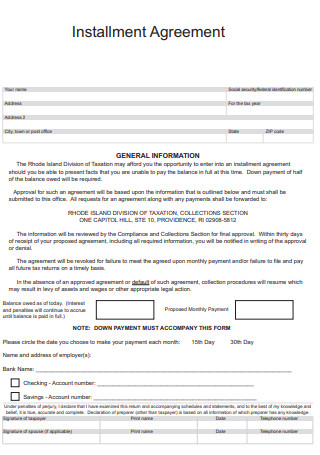
Installment Agreement Layout
download now -
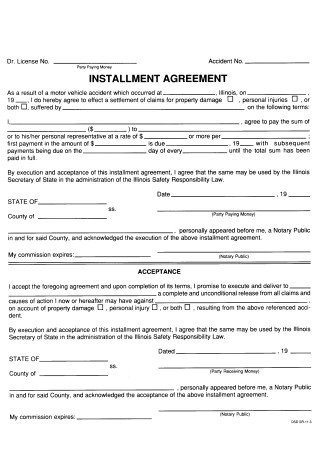
Sample Installment Agreement
download now -
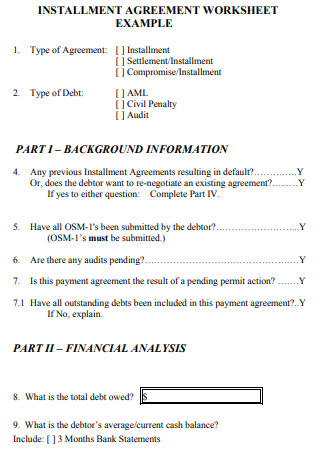
Installment Agreement Worksheet
download now -
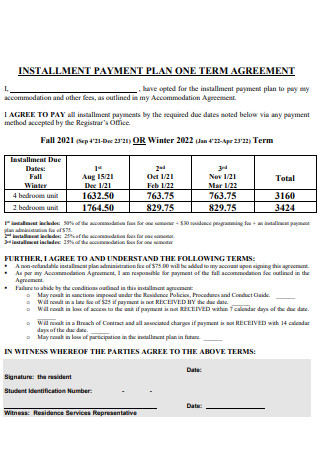
Installment Payment Plan One Term Agreement
download now -
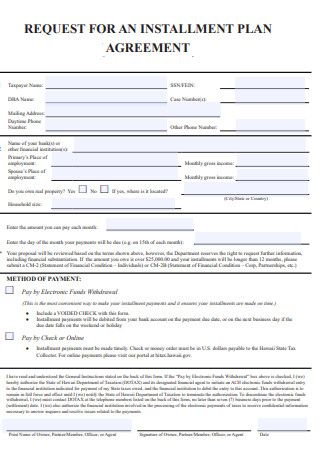
Request for Installment Plan Agreement
download now -
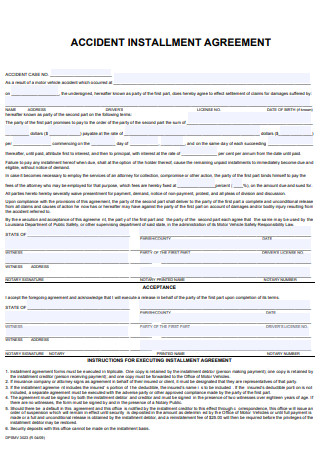
Accident Installment Agreement
download now -
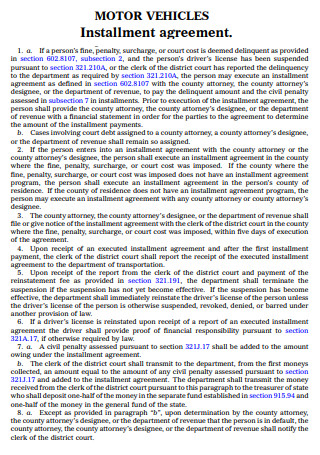
Motor Vehicle Installment Agreement
download now -
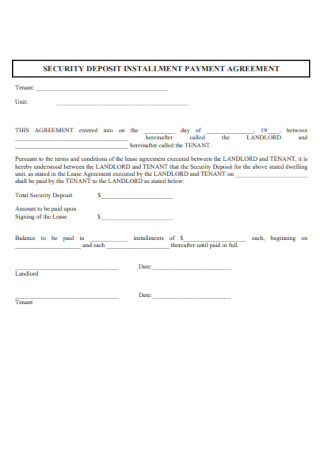
Security Deposit Installment Payment Agreement
download now -
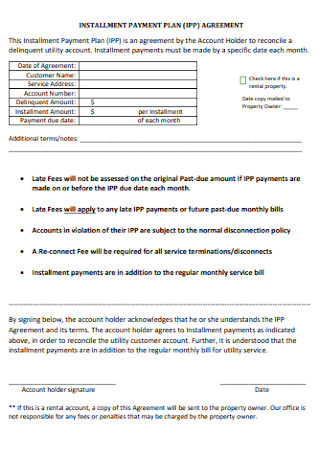
Installment Payment Plan Agreement
download now -
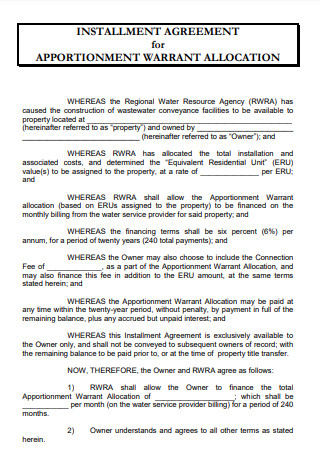
Installment Agreement for Warrant Allocation
download now -

Eight Top Tips for Installment Agreement
download now -
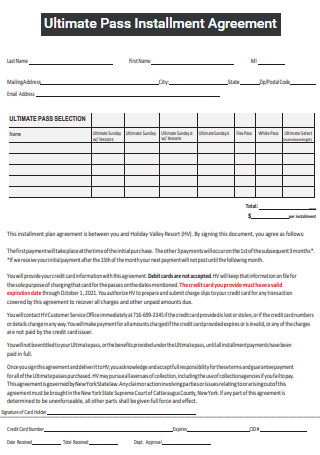
Ultimate Pass Installment Agreement
download now -
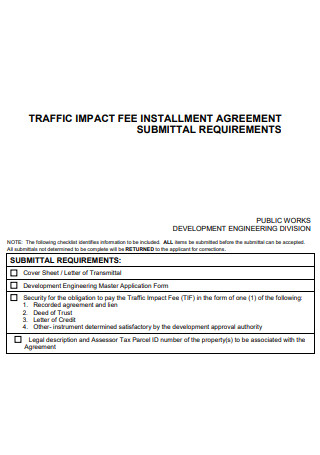
Traffic Impact Fee Installment Agreement
download now -
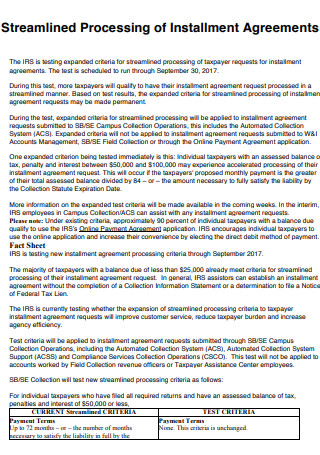
Streamlined Processing of Installment Agreements
download now -
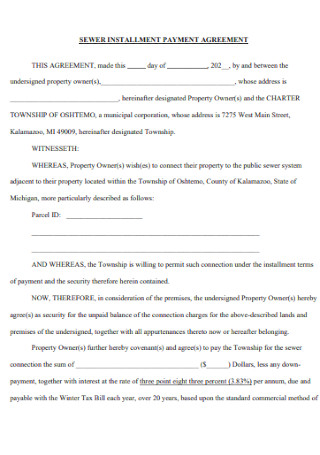
Sewer Installment Payment Agreement
download now -
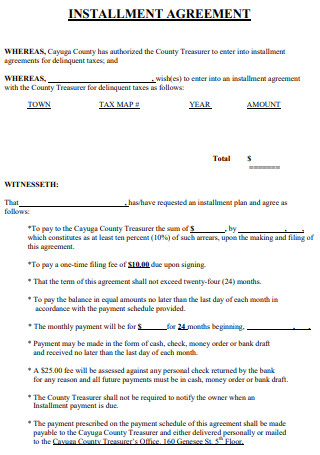
Installment Agreement Example
download now -
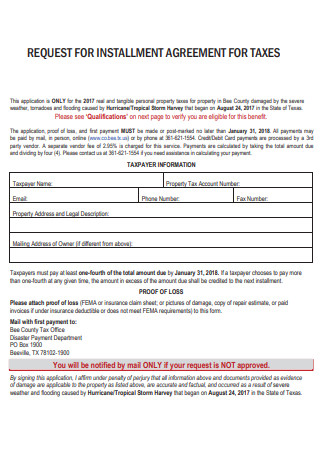
Installment Agreement for Taxes
download now -
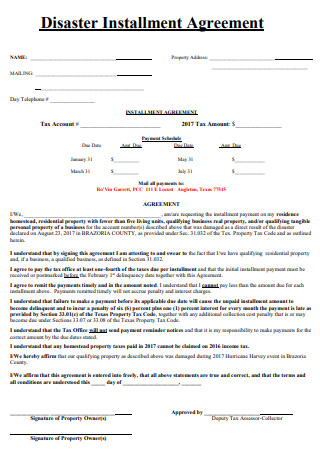
Disaster Installment Agreement
download now -
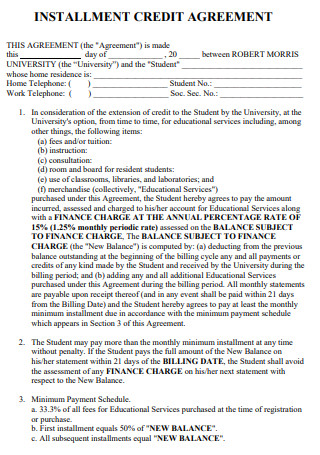
Installment Credit Agreement
download now -
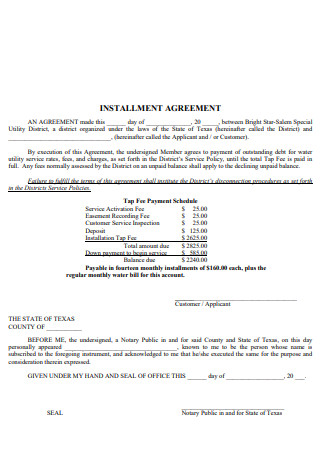
Installment Agreement Template
download now -

Water Supply Installment Agreement
download now -

Rates Installment Agreement
download now -
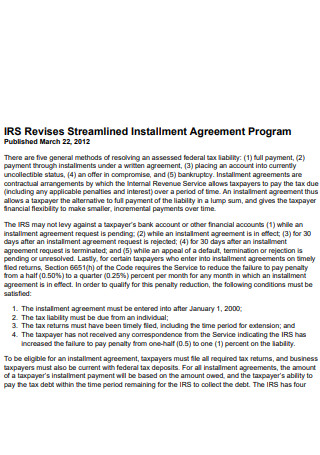
Installment Agreement Program
download now -

Debt Installment Agreement
download now -
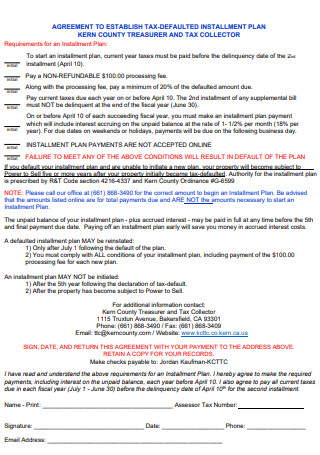
Defaulted Installment Agreement
download now -
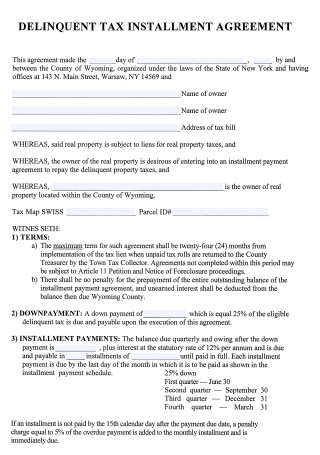
Delinquent Tax Installment Agreement
download now -
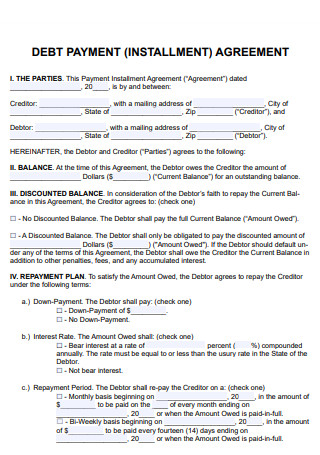
Debt Payment Installment Agreement
download now -
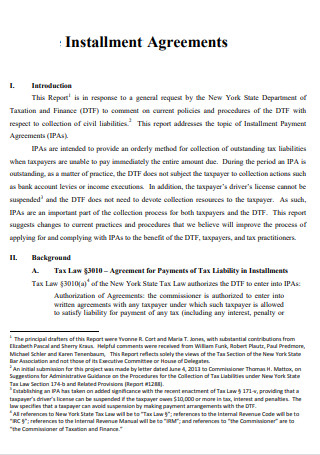
Simple Installment Agreement
download now -
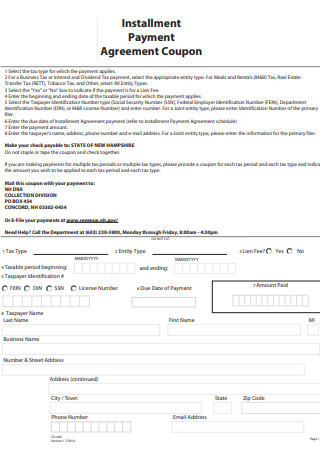
Installment Payment Agreement Coupon
download now
FREE Installment Agreement s to Download
37+ SAMPLE Installment Agreement
What Is an Installment Agreement?
Elements of an Installment Agreement
Steps in Writing an Installment Agreement
FAQs
What is the purpose of having an installment agreement?
Is an agreement considered a legal document?
What are some of the most effective application tools for assurance agreements?
What Is an Installment Agreement?
Two or more parties sign an installment agreement to agree on a specific subject. Contract, verbal or written. Verbal or written interest agreements exist. Agreements might be verbal or written. Quality management participation varies. Example: HR, suppliers, and industrial divisions. Paragraph-previous actors are also involved. This agreement specifies each party’s responsibilities to help constituents understand the project’s scope and limits. This clarifies project roles. Components will comprehend project scope and limits. This agreement clarifies each party’s responsibilities. The common agreement is a legally binding contract used to hold signatories accountable for a sudden withdrawal, failure to complete agreed tasks, or failing to comply to the file’s declared consensus. Signatories can be held accountable for their behaviour if they withdraw suddenly, don’t complete their tasks, or don’t follow the written consensus. Signatories can be held liable for a sudden withdrawal, failing to complete planned tasks, or not conforming to the stated consensus. Signatories are liable for their contract-related actions.
You can find additional templates on our website anytime you need them. You can use these templates to create a quality assurance agreement; a security bid proposal; a quality control agreement; club strategic plans; quality assurance statements; quality control contracts; customer invoices; and payment invoices; among others. Besides providing you with templates, this post also contains vital information that will help you finish your template.
Elements of an Installment Agreement
The concise description of an installment agreement highlights its key components. Dissect the document to understand the parties’ commercial relationship and legal weight. This affects the agreement’s legality. You should read an installment agreement to understand your future responsibilities and important concerns. Before signing, read the document. Learn about installment agreements.
Steps in Writing an Installment Agreement
Before doing an assurance test, all basic contracts, including the payment agreement, must be finalized. The installment contract is one. Before taking the test, do this step. It’s like product test plans, which are only execution sketches, not the real thing being reviewed for quality. This case examines execution technique. This lacks product test plan detail. In the first, the functioning of the assurance test is examined, while in the second, the participants and their duties are discussed. Because it’s the most important part of the issue, you should know how to give an exam. Study test administration. You should learn the proper test-taking processes. You must learn test-giving techniques. You must know these processes’ protocols.
Step 1: Implement Quality Management Software.
When it comes to the successful completion of a project, having access to the appropriate software tools is of the utmost importance. It helps you keep your organization and your teams in sync with one another while your program, for example, is being launched, so it is helpful in that regard. Before beginning your quality assurance test, make sure you have a dependable and robust quality management software ready to go. You can begin by ensuring that your quality control test is effective by following this initial step, which you can take at any time. The discipline of risk management is another area that frequently benefits from the use of quality management software. You should also look at our action plan for the strategy.
Step 2: Continue to Monitor the Situation.
As soon while the test begins, it is essential for you and any of the other teams with which you could be collaborating to pay close attention to the nature of the product as it is being utilized. You will be able to detect any errors or problems that need to be fixed during the post-production phase of the project. It is recommended that you jot down some notes about your observations during this time period so that the information can be disseminated to the group of people who are responsible for processing that particular section of the project. You might want to consider writing down any positive features of the product that you observe, such as how smoothly the manufacturing process went, how safe the product is, and how long it will last, so that you can remember the things that were successfully produced for the project. You should also check out the plan for our quality control.
Step 3: Give Your Opinions and Suggestions
You may have acting clients who will use the product first in order for external parties to measure the promised purpose of your asset, or you may have a set of professional teams who will provide feedback on the product’s performance during its initial run. Either way, the promise of the purpose of your asset can be measured by the external parties. Through the use of the Feedback process, you have the opportunity to acquire useful information and recommendations for enhancement from third parties. This is important because the success of your product is primarily based on the acceptance it receives from customers. In addition, post-surveys could prove useful in order to acquire a result that is both more tangible and quantifiable. You should also have a look at the business plan for our quality assurance.
Step 4: Make Any Necessary Revisions.
When we talk about assurance, we can’t help but bring up the fact that we have to continuously improve the product in order to live up to the standards set by our customers. This is something that just can’t be avoided. The primary objective of quality control is to ascertain whether or not something presently possesses a level of excellence that justifies its introduction into the commercial environment. A revision can take place on either a large or a small scale. For instance, it could involve modifying a few lines of code in your software to remedy an error, or it could involve investing in new staff or manufacturing techniques. Both of these examples are examples of revisions. You want to additionally look at our plan for the strategic management of quality.
Step 5: Examining the Outcomes
When your product is finally ready for sale, you can go on to the next step of the process: analyzing how well it sells. Goal-setting is typically one of the first concepts you write down in your test plan. At this stage, you are able to compare data from the real world to the major objectives you have set for yourself. On the other hand, the fact that your expectations are based on the nature of your product makes it more likely that you will find out in the future that your expectations were incorrect. This is because new information and insights are gained as a result of the product becoming a part of the lived experiences of people. At the end of the process, the success of the product will ultimately be established and evaluated based on your input and standards.
FAQs
What is the purpose of having an installment agreement?
It is critical to have one because it legally binds the parties to the agreement they have reached on responsibilities, tasks, and supplies, and it assures that all of them are able to complete the transaction they agreed to. With the quality assurance agreement in place, it is also much easier to hold them accountable if things take an unforeseen turn for the worst.
Is an agreement considered a legal document?
Yes. In assurance, it is used to establish a contractual relationship between the parties involved, and signing it indicates that the parties are involving the law in their transaction.
What are some of the most effective application tools for assurance agreements?
Software, without a doubt, makes our duties a lot easier to do and our findings much more dependable. Zephyr Scale, TestCollab, Quality, and PractiTest are just a few of the excellent application solutions available for quality assurance.
The installment arrangement makes your items more marketable and attractive, justifying your investments. Installment agreements help manage product quality. So, do. When constructing a project’s pillars, you’re accountable for team interactions. You own quality management. All parties must keep their promises under an assurance agreement, but you have a safety net if something goes wrong. Everyone must satisfy their installment agreement responsibilities. Both parties are protected from liability. The installment agreement protects your investments’ future profitability. So will your prior investments succeed.
